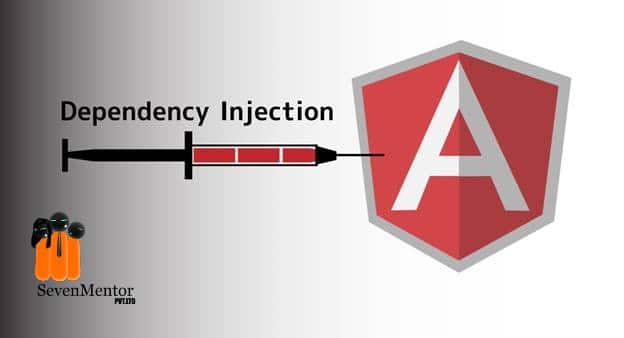Services area unit a broad class that features any worth, feature, or feature that your application wants. Services area unit sometimes categories with a slender and well-defined purpose. you wish to try and do one thing specific and learn properly from Angular 8 Classes in Pune. Angular distinguishes between elements and services to boost modularity and reusability. By separating the view-related practicality of a element from different kinds of process, you’ll build your element categories lean and economical.
Ideally, the component’s job is simply to change the user expertise, and also the element is that the read (rendered by the template) and also the application logic (often the model). The element will delegate bound tasks to services, like retrieving server information, validatory user input, or work on to the console. outline such process tasks within the downstream service category that area unit allotted to those services to the host you
The angle doesn’t support these principles. Angle extremely helps you follow these principles by creating it easier to partition your application logic into services and build those services accessible to your elements through dependency injection. Addictions are services or objects that a class needs to perform its function. Dependency injection or DI is a design model in which a class requires dependencies from external sources, rather than creating them.
The Angular DI framework provides dependencies on a class after instantiation. Angular DI is used to increase flexibility, modularity & convenience in your applications.
For Free, Demo classes Call: 8237077325
Registration Link: Click Here!
Dependency injection in Angular
Dependencies area unit services or objects that a category must perform its perform. Dependency injection (DI) may be a style pattern that a category requests from associate degree external supply instead of making a dependency.
Angular’s DI framework provides category dependencies throughout mental representation. you’ll use AngularDI to extend the flexibleness and modularity of your application with Angular 8 Course in Pune.
Dependency supplier
By configuring a supplier, you’ll build the service accessible to the a part of the applying that needs the supplier.
Dependency suppliers use DI tokens to set up injectors. Use this token to produce a runtime version of the dependency worth.
For Free, Demo classes Call: 8237077325
Registration Link: Click Here!
Specifying a supplier token link
If you specify a service category as a supplier token, the default behavior is for the appliance to instantiate that category with new.
Dependency injection tokens
When you set up associate degree appliance with a supplier, you’re associating that supplier with a dependency injection token, or DI token. The appliance permits Angular to make a map of any internal dependencies. The DI token acts as a key to it map.
The dependency worth is associate degree instance, and also the category kind is a operation key.
Defining suppliers link
The class supplier syntax may be a shorthand expression that expands into a supplier configuration, outlined by the supplier interface.
Providing services
You must register a minimum of one supplier of any service you’re reaching to use. The supplier may be a part of the service’s own information, creating that service accessible everyplace, otherwise you will register suppliers with specific modules or elements. You register suppliers within the information of the service (in the @Injectable() decorator), or within the @NgModule() or @Component() information
The DI in Angular basically consists of three things:
Injector-The injector object that exposes APIs to us to make instances of dependencies.
Provider-A provider is sort of a recipe that tells the injector the way to create an instance of a dependency. A provider takes a token and maps that to a factory function that makes an object.
Dependency-A dependency is that the sort of which an object should be created.
For Free, Demo classes Call: 8237077325
Registration Link: Click Here!
Types of Dependency Injection in Angular
There are three sorts of Dependency Injections in Angular, they’re as follows:
Constructor injection: Here, it provides the dependencies through a category constructor.
Setter injection: The client uses a setter method into which the injector injects the dependency.
Interface injection: The dependency provides an injector method which will inject the dependency into any client passed thereto . On the opposite hand, the clients must implement an interface that exposes a setter method that accepts the dependency.
Now that you simply know what DI is, and its types, let’s check out its advantages.
Advantages of Dependency Injection
- Dependency Injection helps in Unit testing.
- Boilerplate code is reduced, as initializing of dependencies is completed by the injector component.
- Extending the application becomes more manageable.
- It helps to enable loose coupling, which is important in application programming.
- The Drawbacks of not using Dependency Injection:
- The first drawback is that the code isn’t flexible. Any time the dependencies change, the PostalDetails class must be changed also .
The second drawback is that this code isn’t suitable for testing. Anytime you instantiate a replacement PostalDetails class, you get an equivalent Number and Address. Even if you modify the amount and Address classes, what if these classes, in turn, have dependencies?
For information about design patterns in Angular, you can check Angular 8 Training in Pune.
Author-
Janhavi Kulkarni | SevenMentor Pvt Ltd.
Call the Trainer and Book your free demo Class for JAVA now!!!
© Copyright 2020 | Sevenmentor Pvt Ltd.

